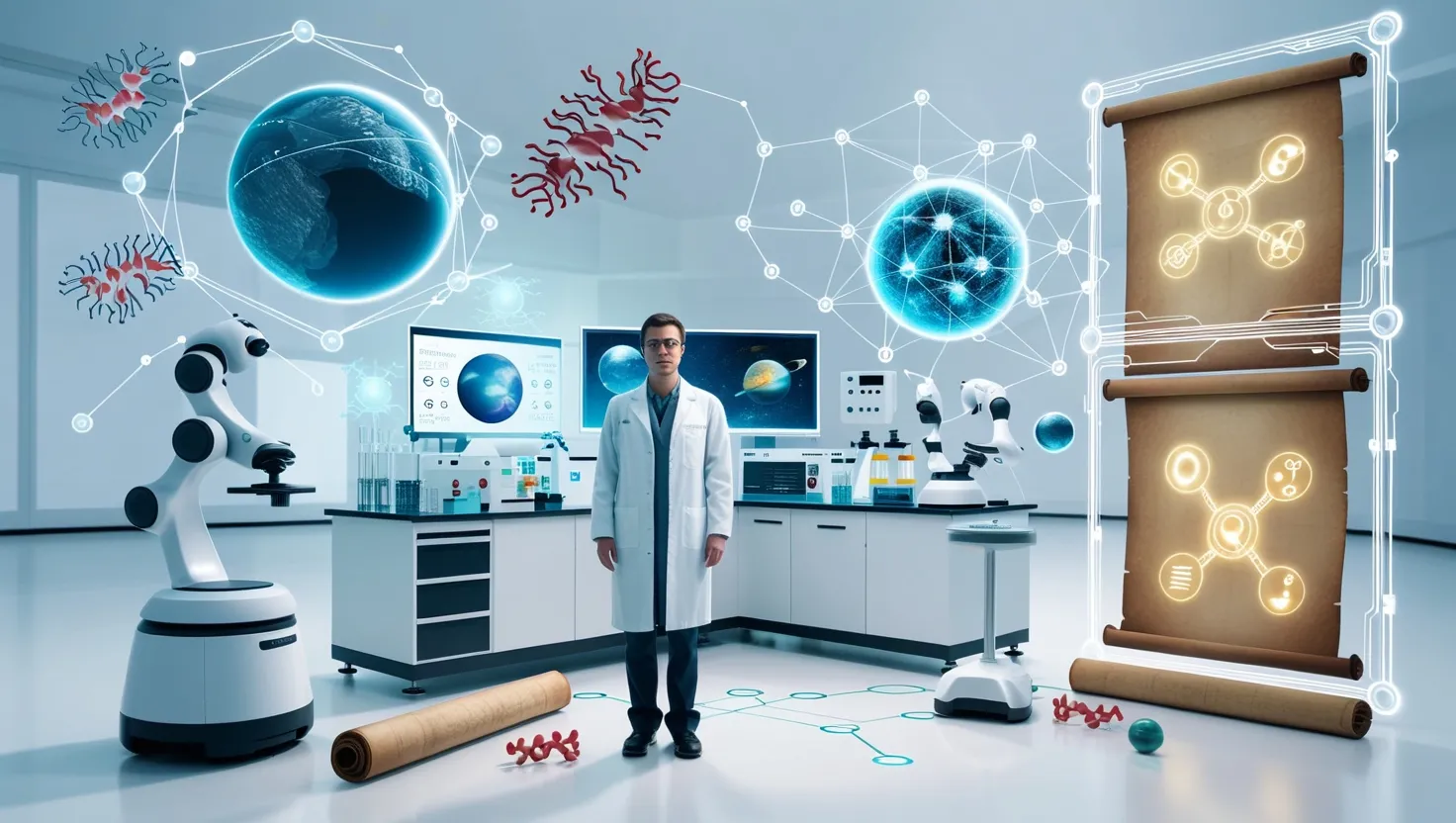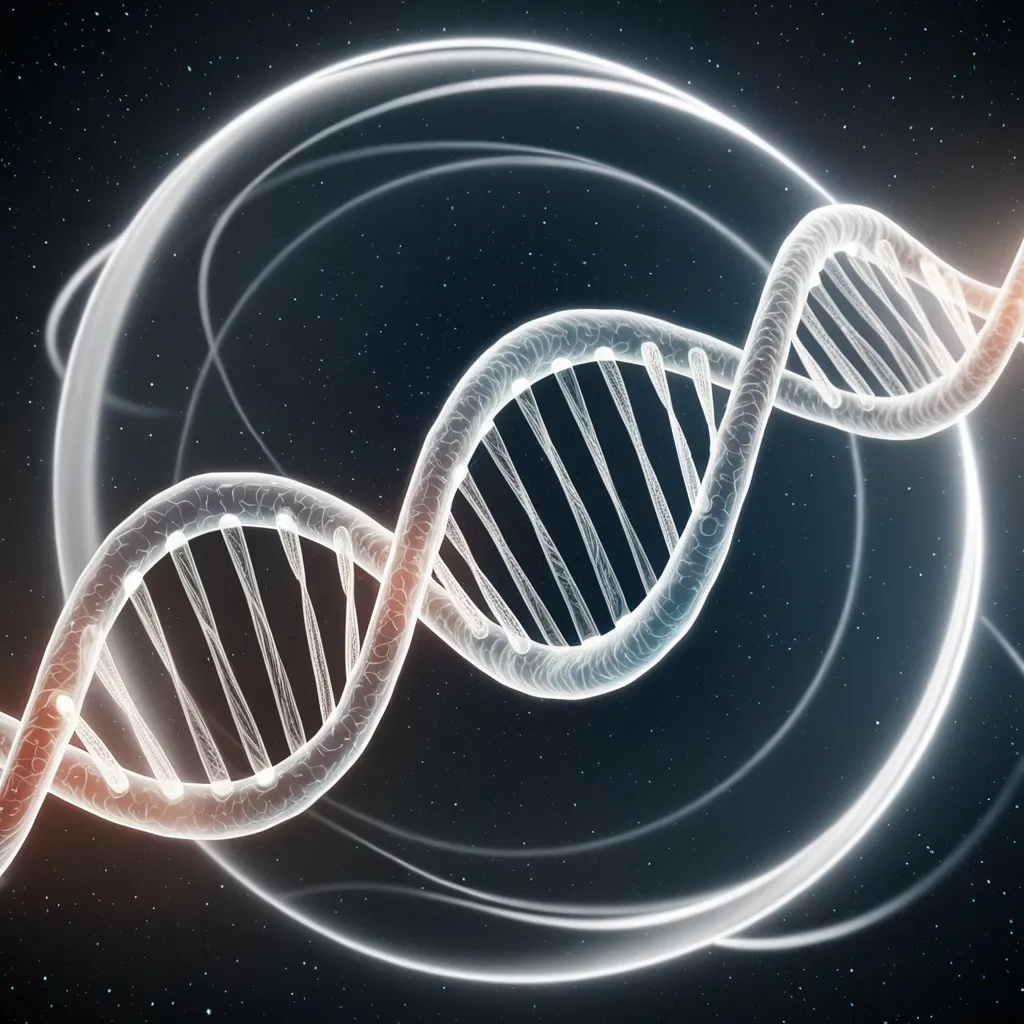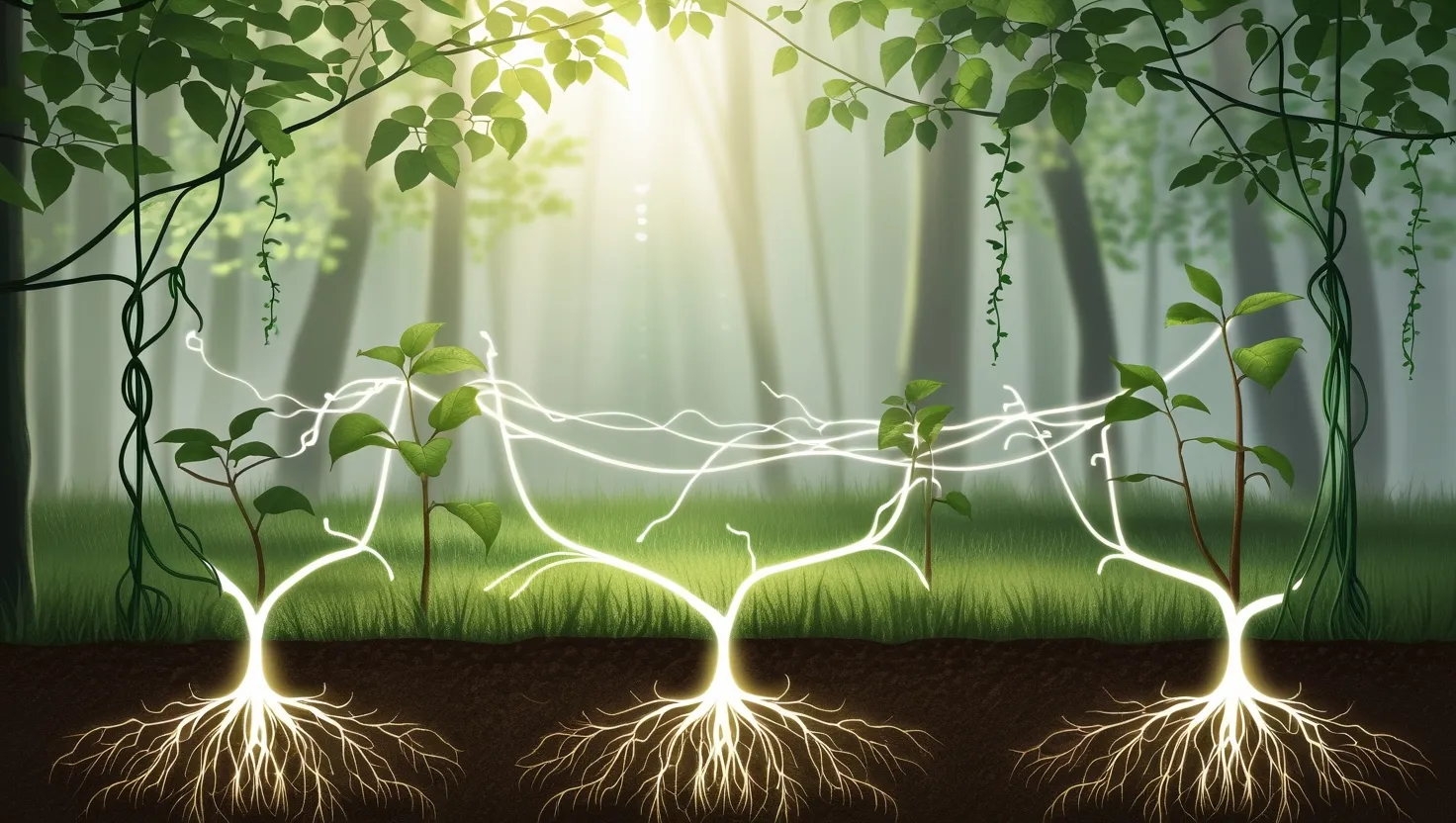Imagine trying to solve a jigsaw puzzle with most of its pieces missing, the picture on the box blurred out, and the edges constantly changing shape. That’s pretty close to what scientific discovery looked like before artificial intelligence started rewriting the rules. In decades past, researchers chipped away at big mysteries—how life works at a molecular scale, what Earth’s future holds, which distant worlds might be like ours—armed with nothing but powerful brains and limited tools. Today, it feels like I have a supercharged set of lenses, microscopes, and even extra hands, courtesy of AI.
Let’s start with proteins. These microscopic machines control nearly every process in our bodies, but for over 50 years, figuring out their 3D shapes was one of science’s most stubborn roadblocks. Researchers often spent years just to model a single protein, and even state-of-the-art lab techniques could fail. With the rise of neural networks, especially systems like AlphaFold, that changed almost overnight. Now, I can feed a protein’s sequence into a computer and—seconds later—see its precise folded form, something so mind-blowing it won the 2024 Nobel Prize in Chemistry. The implications ripple far beyond biology textbooks. Suddenly, I can model the proteins behind rare diseases, design custom enzymes for green energy, and even simulate molecular interactions that previously lived only in my imagination.
“What we know is a drop, what we don’t know is an ocean.” — Isaac Newton
But solving a structure is just the start. I’m mesmerized by the speed at which these AI models keep getting smarter. The newest generations not only predict static forms but also simulate how proteins shift and morph in real time. This dynamic perspective lets me explore how a tiny mutation changes behavior, or why some drugs work better than others. Even the process of sifting through millions of potential designs or mapping out relationships between proteins and their partners has become fast, almost trivial. And it’s not just AlphaFold—other platforms are pushing boundaries, opening new pathways for medicine, sustainability, and the fundamental understanding of life itself.
What if I told you that robots in today’s labs are no longer just moving pipettes or washing glassware? Instead, there are digital scientists—AI-powered lab assistants—devising and running experiments without human guidance. The classic image of a chemist hunched over a bench, carefully mixing fluids, has evolved. Now, robots powered by machine learning analyze results in real time, decide the next promising experiment, and uncover entirely new chemical reactions. Instead of the slow march of trial and error, I’m seeing discoveries at a pace that once felt like science fiction.
Consider this: these autonomous labs can work all night, never get tired, and are immune to bias. They surprise me by proposing new molecules or finding unexpected shortcuts in complex synthetic pathways. Sometimes, they stumble upon compounds that don’t appear in textbooks—substances that might become tomorrow’s medicines, batteries, or materials. For the first time, the limits of human memory and fatigue are no longer bottlenecks in the search for the unknown.
“The important thing is not to stop questioning. Curiosity has its own reason for existing.” — Albert Einstein
Turning my gaze skyward, machine learning is now my telescope’s trusted companion. Astrophysicists once combed through endless streams of data, hoping to pick out signs of exoplanets—those elusive worlds orbiting distant stars. The process was a bit like looking for a firefly in a floodlight. Today, AI models trained to recognize the faintest dips in starlight cut through the noise, spotting planets that would have been missed by older methods. The result? We’re adding thousands of new candidates, expanding the catalog of potentially habitable worlds.
Do you ever wonder if a planet like Earth is lurking among the billions in our galaxy? With AI, I can sift through petabytes of telescope data, flag curious signals, and rank the best candidates for follow-up. Algorithms can distinguish genuine planets from false positives caused by cosmic dust or instrumental quirks. The more data they see, the sharper they get—sometimes even predicting planetary characteristics based on indirect patterns. There’s a certain poetic irony in using the most advanced machines to search for signs of life across the cosmos.
On our own planet, I face a challenge just as daunting: predicting Earth’s future. Climate change is not simply about rising temperatures; it’s about understanding a massively interconnected system where a single tipping point—like thawing permafrost or melting ice sheets—might set off irreversible shifts. Scientists used to rely on huge, slow simulations that couldn’t always keep up with the complexity or urgency. Enter neural networks: these advanced AI tools digest satellite data, track subtle trends, and forecast critical events years ahead of what was previously possible.
Picture AI as an early warning system. It doesn’t just say, “Things might get bad someday.” It can pinpoint which parts of the Arctic might collapse first, estimate when coral reefs will reach a point of no return, and even model the complex feedback loops between land, sea, and atmosphere. This means more time to prepare, adapt, and—hopefully—change course before it’s too late.
“Prediction is very difficult, especially if it’s about the future.” — Niels Bohr
Pharmaceutical research may be where I see the most human impact from AI’s acceleration. The traditional path from idea to medicine is long, risky, and expensive. It can take over a decade and billions of dollars to develop a single successful drug. By harnessing AI, I’m able to screen billions of molecular candidates in a matter of days, not years. The algorithms look for patterns—how a compound might bind to a target, what side effects it could cause, how it would behave in the body—before a single experiment is run in a wet lab.
Why waste years synthesizing dead-ends? With virtual screening and generative AI models, I can focus resources on the most promising leads, skipping whole phases of traditional trial and error. In many cases, drugs for rare or neglected diseases—once ignored for being too expensive to investigate—are finally within reach. Even vaccines and antiviral agents, critical in the aftermath of global pandemics, can be designed and optimized at record speed.
“If we knew what it was we were doing, it would not be called research, would it?” — Albert Einstein
And yet, some of the most captivating work is happening with the oldest data—ancient scripts and dead languages. Millennia-old symbols, etched in clay or faded parchment, used to leave archaeologists guessing. But AI, with its pattern recognition prowess, breathes life into these texts, piecing together missing fragments and reconstructing forgotten tongues. These algorithms don’t need to know what the words mean at first; they spot linguistic structures, repetition, and syntax, revealing connections even experts might miss.
Imagine piecing together a story from shattered tiles or lost pages. AI uncovers the shape of a language: how it evolved, who spoke it, what secrets it held. I can sift through the digital echoes of ancient civilizations, finding not only lost words but also new perspectives on history, migration, and culture. Through this lens, the story of humanity itself becomes richer, more interconnected—and freshly relevant.
One question I keep asking myself: How far could these tools take us? Every breakthrough seems to ignite a chain reaction, empowering me to ask bolder questions and rethink what’s possible. AI speeds up discovery, certainly. But perhaps its greatest gift is showing me patterns I never thought to look for, suggesting hypotheses that border on the uncanny, and making me a better observer of complexity.
Let’s not forget: these aren’t magic bullets. There are limits, risks, and new forms of bias to watch for. Yet, as these systems keep learning and collaborating, the landscape of scientific discovery feels thrillingly open-ended. With each leap forward, I’m reminded of how much is left to find—and of the privilege it is to stand at the edge of the unknown, armed with the best tools humanity has ever built.
“Somewhere, something incredible is waiting to be known.” — Carl Sagan
So the next time you read about a disease cured, a planet spotted, or an ancient language decoded, remember: behind those headlines is a new kind of partnership. AI doesn’t replace curiosity, creativity, or the joy of discovery. It hands me—and all of us—new keys to mysteries once thought unsolvable, setting the stage for questions even grander than those we’ve asked before. What problem will you help solve with tomorrow’s breakthrough?






